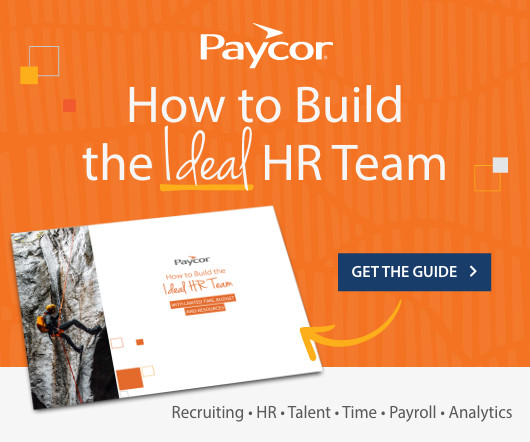Expert
Lead Change Blog
JANUARY 31, 2018
Where does that idea come from? How did you arrive at that conclusion? Is there a citation or a paper that will substantiate your thesis? Are experts always right? Should laymen be suspected? Is opinion different from fact? If something is a fact today, will it be true in 2 years, 5, 50? If the fact is true, is it the only truth? I had a conversation (many actually) this week about what I derogatorily referred to as the cult of the expert.




















Let's personalize your content